Snøhetta designs experimental culinary space in Tokyo
Snøhetta co-founder Craig Dykers discusses the architecture of Burnside – a Tokyo event space for art and design outfit En One and the Bronx chef collective Ghetto Gastro
Keishin Horikoshi - Photography

When Snøhetta co-founder Craig Dykers met Jon Gray of chef collective Ghetto Gastro in Cuba on New Year's Eve through artist José Parlá, little did they know that three years later they would be working together on a project on the other side of the world. Now, Burnside, an experimental culinary and event space created by Snøhetta for art and design collective En One Tokyo, is ready to open its doors in the Japanese capital. Bronx-founded Ghetto Gastro is set to kick off a residency there, and the architects are excited.
The project was assigned to Snøhetta in the run up to the Tokyo Olympics, after Gray recommended the practice to En One Tokyo. ‘We’ve been in deep partnership with Snøhetta, defining how the ethos of Ghetto Gastro transmutes into the built environment, so its only right we keep it in the family,’ says Gray. ‘From day one, the En One Tokyo team wanted us to bring the Ghetto Gastro energy to Tokyo through this collaboration.’ He fell in love with the site, a former shop, as soon as he saw it. ‘The convenience store in Tokyo is the equivalent to the bodega in the Bronx, so there was an immediate resonance.'
This is not the first time Snøhetta has designed a high-standard professional kitchen. The French Laundry, redesigned and extended in 2018 for Michelin-starred chef Thomas Keller in California, had given the architects lots of insight into the precision and expertise required in such an environment. Burnside’s space may be small, but it packs a punch in style and efficiency. ‘It is very intimate, as many spaces are in Tokyo,' says Dykers. ‘The design is about versatility, doing a few things very well – as opposed to flexibility, doing many things in an ordinary way.'
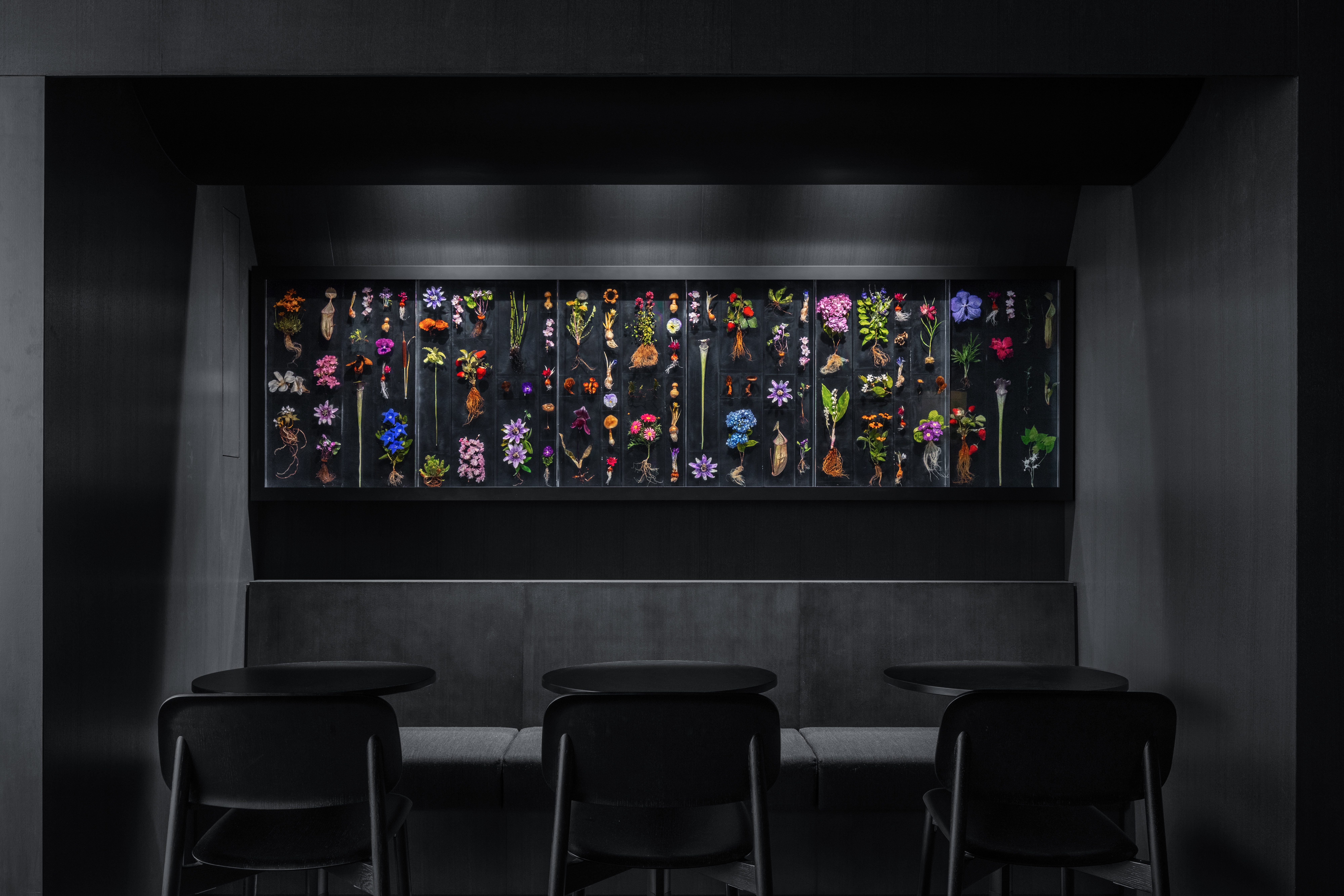
In order to maximise the use of space, the architects ‘masterplanned' it, defining areas and enhancing the potential of every inch. Out of the boutique interior, the team created three dining areas (a bar, a long, farmhouse table and a lounge) and a highly finessed professional kitchen in a U-shaped layout, which is placed a couple of steps up from the main dining floor. ‘The kitchen sits behind a proscenium arch, like those found at a theatre stage,' says Dykers. ‘The kitchen becomes a spectacle.'
RELATED STORY

Snøhetta co-founder Kjetil Trædal Thorsen photographed for our February 2021 issue (W* 262) via Zoom.
‘Working with Ghetto Gastro and En One Tokyo was highly collaborative from the beginning. We shaped the space to find its greatest potential, but the overarching ideas on its intended use and vision came from them,' says Snøhetta’s interior architecture director Anne-Rachel Schiffmann. Dykers adds: ‘Much of the inspiration came from the Ghetto Gastro, including its approach to creating environment and community, and how it shares the culture of the Bronx through art – in particular, culinary art – with the rest of the world.'
Ghetto Gastro is well known for its ‘Black Power Kitchen' culinary style, and Snøhetta wanted to reflect that in the interior. ‘The colour black created a cultural standpoint, referencing the use of Shou Sugi Ban charred wood and the dark atmosphere of Tokyo’s izakaya bars,' says Dykers. ‘At the same time, we’re referencing Ghetto Gastro’s notion of power in the colour black and the sense of Blackness.'
Ash wood, bespoke joinery and clever lighting define the interior. A Makoto Azuma artwork was created specifically for the space, and hangs behind the bar, titled Block Flowers. The space can be set up in different ‘modes' for night and day, depending on the event. The long table can even become a catwalk. Amber accents nod to the heat of the traditional Japanese grill. The food served will be Caribbean-inspired, but with Japanese influences.
The pandemic delayed the launch of this project a bit, but it now marks the start of a new, busy year for Snøhetta. Following hot on the heels of Burnside in the hospitality sector is the practice’s new design for Bar Agricole in San Francisco, which is expected to complete in the summer. Cultural projects such as the El Paso Children’s Museum, and the Blanton Museum of Art in Austin are also underway. Watch this space.
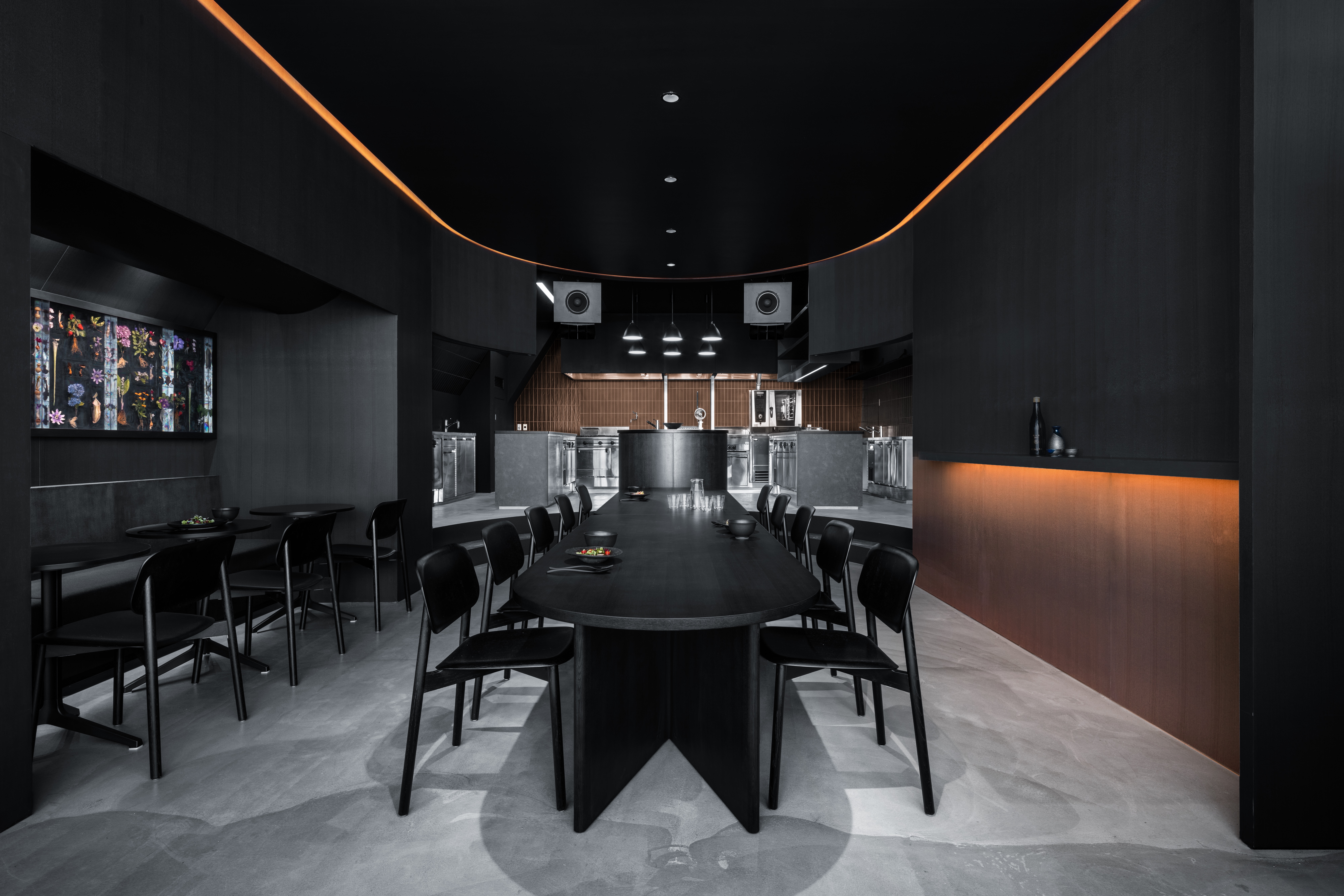



INFORMATION
Receive our daily digest of inspiration, escapism and design stories from around the world direct to your inbox.
Ellie Stathaki is the Architecture & Environment Director at Wallpaper*. She trained as an architect at the Aristotle University of Thessaloniki in Greece and studied architectural history at the Bartlett in London. Now an established journalist, she has been a member of the Wallpaper* team since 2006, visiting buildings across the globe and interviewing leading architects such as Tadao Ando and Rem Koolhaas. Ellie has also taken part in judging panels, moderated events, curated shows and contributed in books, such as The Contemporary House (Thames & Hudson, 2018), Glenn Sestig Architecture Diary (2020) and House London (2022).
-
 Roland and Karimoku expand their range of handcrafted Kiyola digital pianos
Roland and Karimoku expand their range of handcrafted Kiyola digital pianosThe new Roland KF-20 and KF-25 are the latest exquisitely crafted digital pianos from Roland, fusing traditional furniture-making methods with high-tech sound
-
 Fulham FC’s new Riverside Stand by Populous reshapes the match-day experience and beyond
Fulham FC’s new Riverside Stand by Populous reshapes the match-day experience and beyondPopulous has transformed Fulham FC’s image with a glamorous new stand, part of its mission to create the next generation of entertainment architecture, from London to Rome and Riyadh
-
 A contemporary Mexican hotel emerges from a 16th-century ruin in Mérida
A contemporary Mexican hotel emerges from a 16th-century ruin in MéridaA renovation project by Zeller & Moye, Mérida’s new Hotel Sevilla wears its architectural interventions lightly, mixing new brutalist elements into listed interiors and a palm-filled courtyard
-
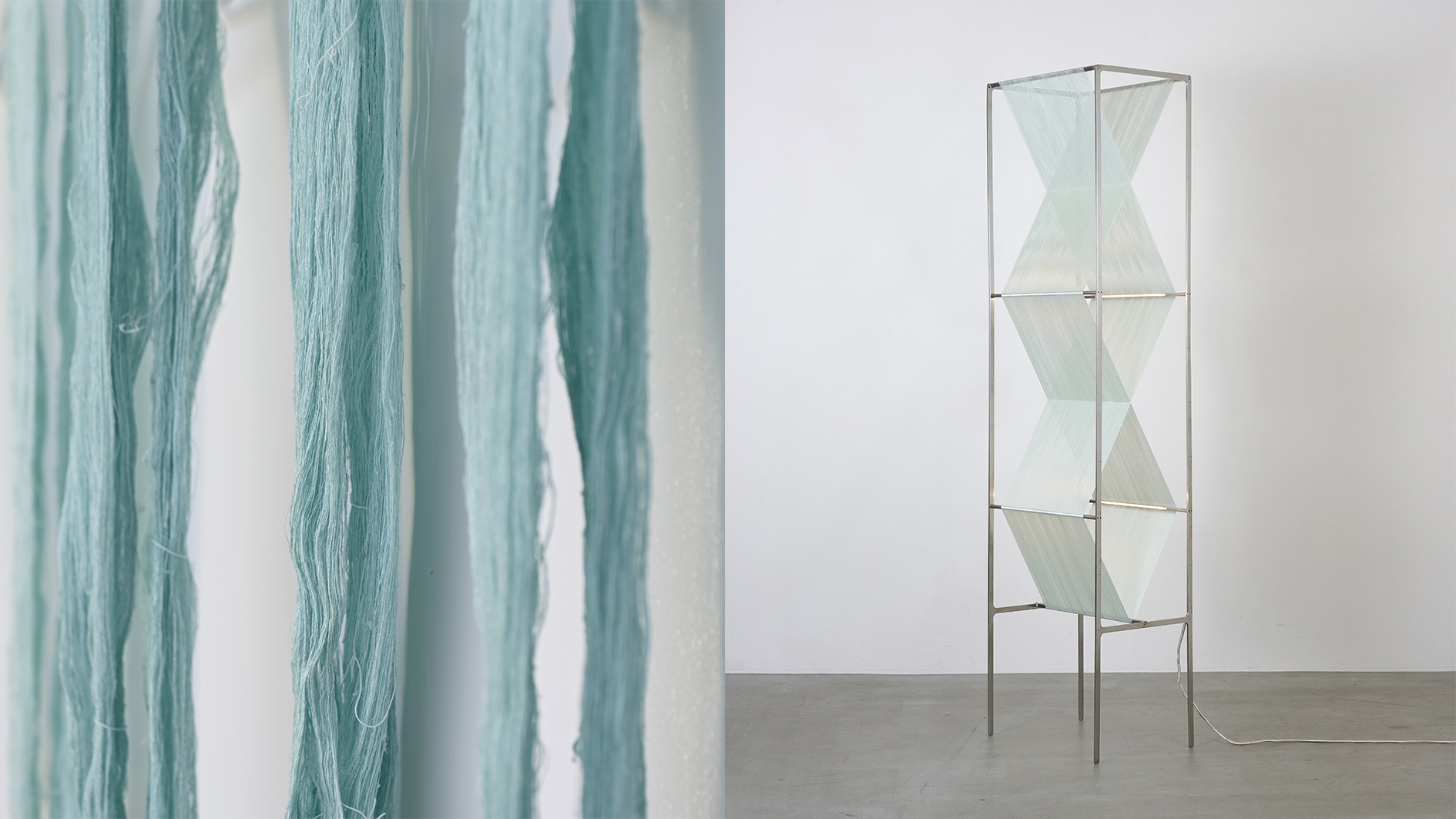 In Baku Sakashita’s new lighting collection, hand-dyed silk threads are delicately illuminated
In Baku Sakashita’s new lighting collection, hand-dyed silk threads are delicately illuminatedIn ‘Haku’, ultra-fine LEDs are woven within plant-dyed threads, showcasing intricacy, artistry and traditional Japanese craftsmanship
-
 Karimoku's Hiroo Residence celebrates tranquillity in central Tokyo
Karimoku's Hiroo Residence celebrates tranquillity in central TokyoJapanese furniture brand Karimoku’s latest bespoke interior collaboration, Hiroo Residence is a soft-textured Tokyo haven
-
 This new rug release from Floor Story is causing a cosmic eclipse
This new rug release from Floor Story is causing a cosmic eclipseKangan Arora and Floor Story have designed ten otherworldly illusions of form and tone – the ‘Cosmic Check’ and ‘Falling Shadows’ rug collections
-
 Scandinavian design meets Japanese heritage in OEO Studio’s Tokyo apartment
Scandinavian design meets Japanese heritage in OEO Studio’s Tokyo apartmentOEO Studio has collaborated with Japanese property developer ReBita on a luxury new apartment at Tokyo’s Opus Arisugawa Terrace & Residence
-
 Nendo and Georg Jensen create silver vases inspired by nature
Nendo and Georg Jensen create silver vases inspired by natureJapanese design studio Nendo and Danish silversmith Georg Jensen create a set of three silver vases that combine organic forms and minimalist aesthetics
-
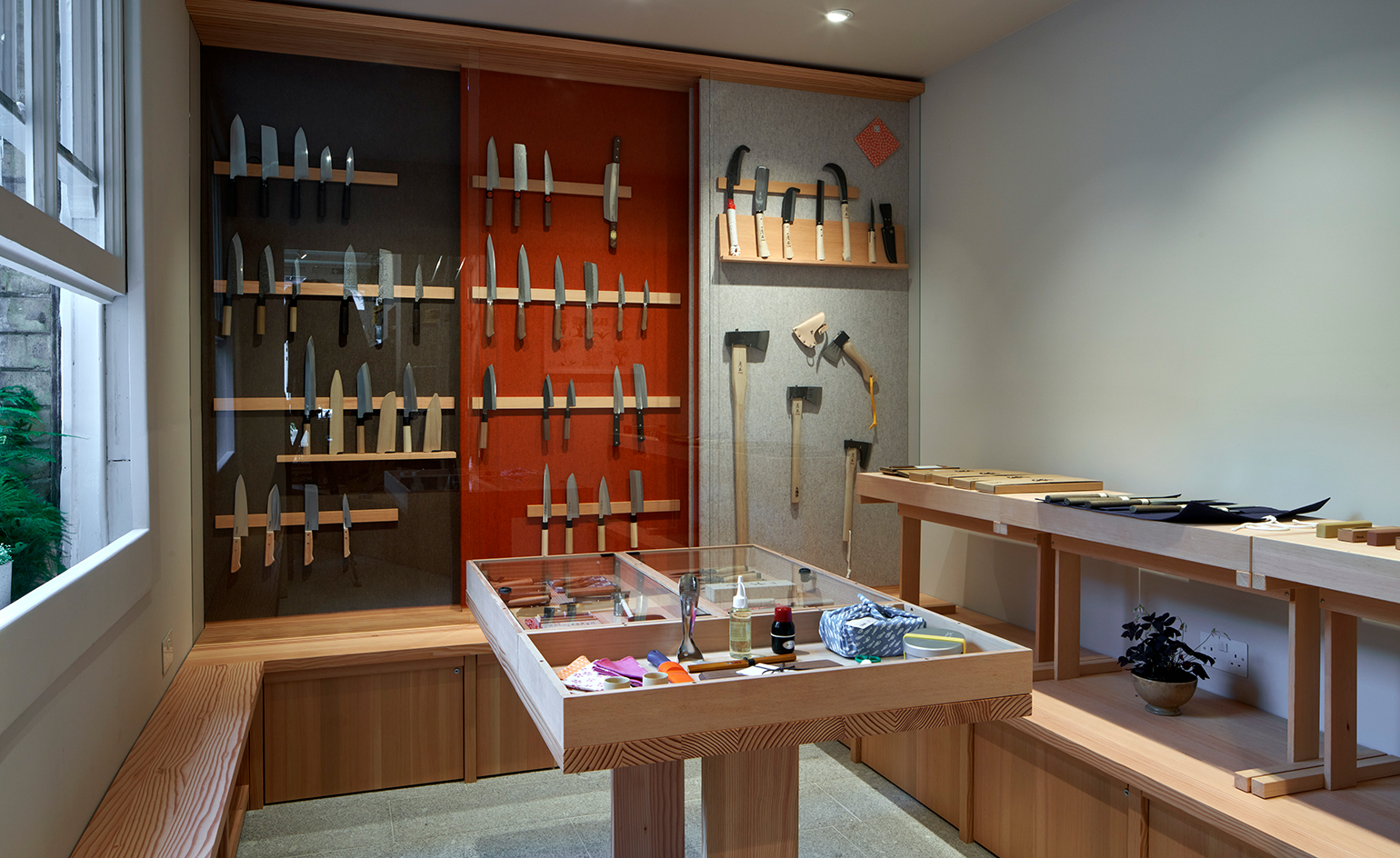 Niwaki is a new outlet for Japan’s most innovative tools
Niwaki is a new outlet for Japan’s most innovative toolsNew London store Niwaki sells exquisitely crafted Japanese gardening tools and workwear
-
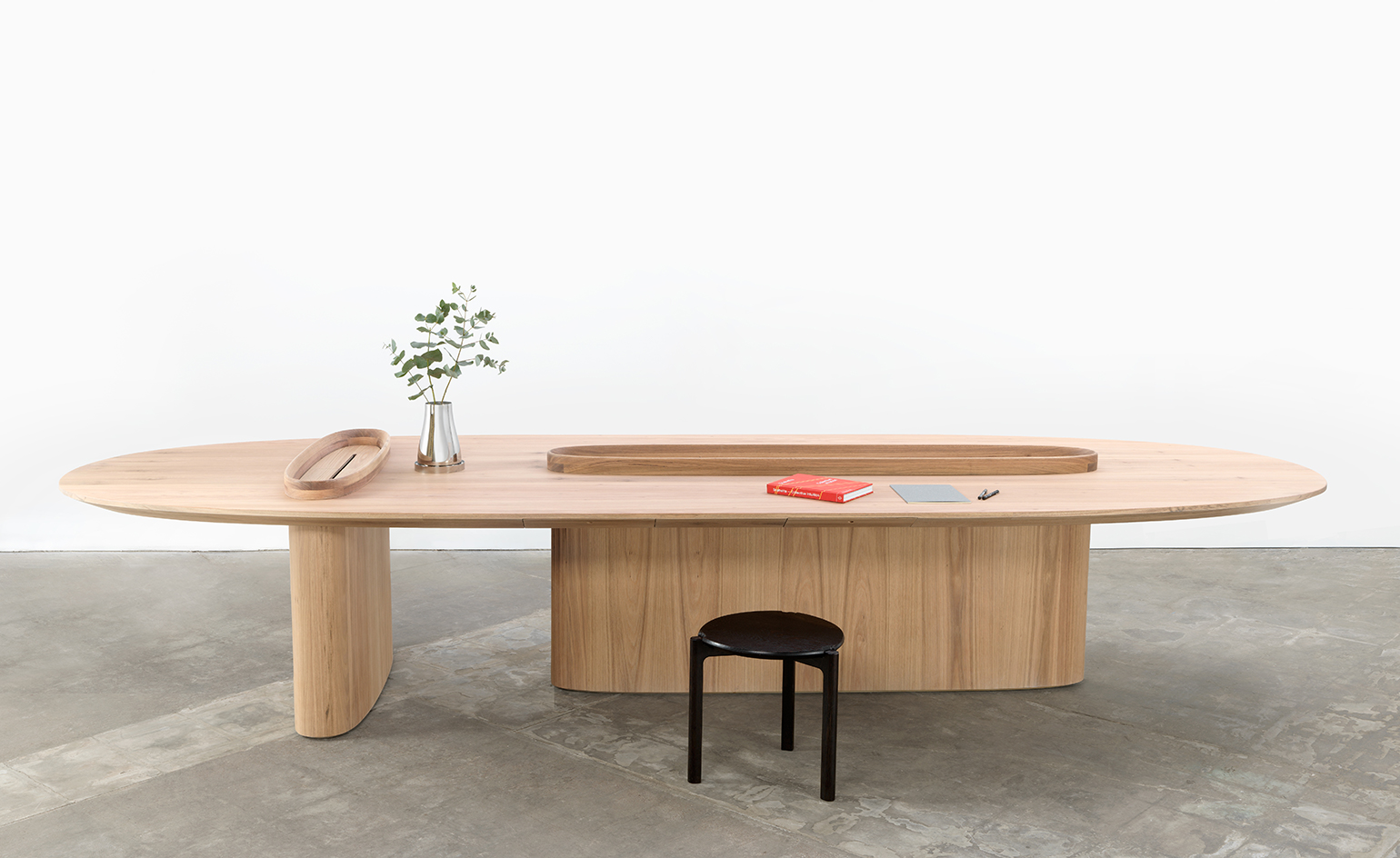 Snøhetta’s new table is made from wood lost underwater for 25 years
Snøhetta’s new table is made from wood lost underwater for 25 yearsSnøhetta's new table, the ‘Intersection Worktable’, uses innovative materials and ingenious design to create a fresh way of working
-
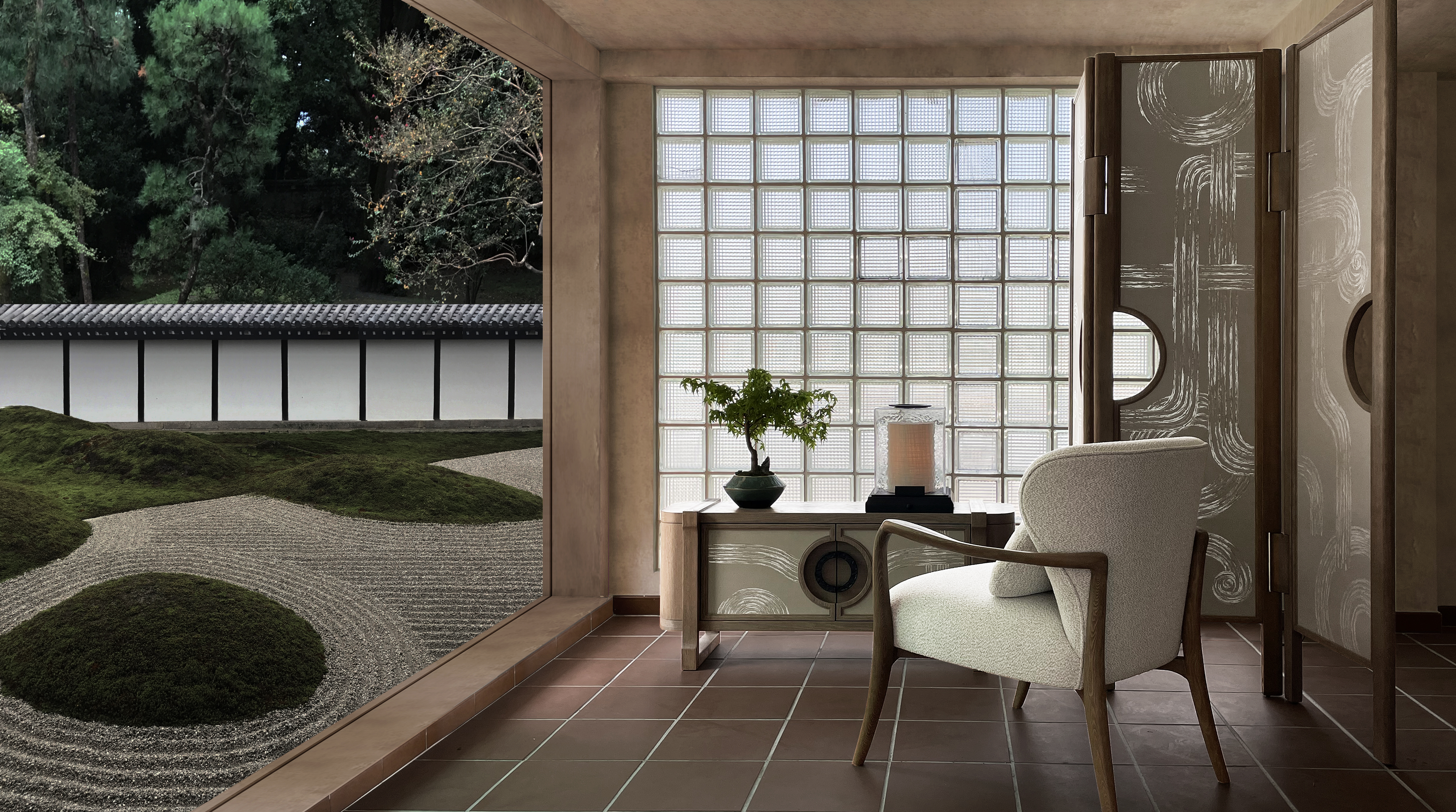 André Fu’s new furniture is inspired by Japanese gardens
André Fu’s new furniture is inspired by Japanese gardensAndré Fu Living’s Art Deco Garden is a collection of furniture, objects, wallcoverings and homeware inspired by Zen gardens and Art Deco